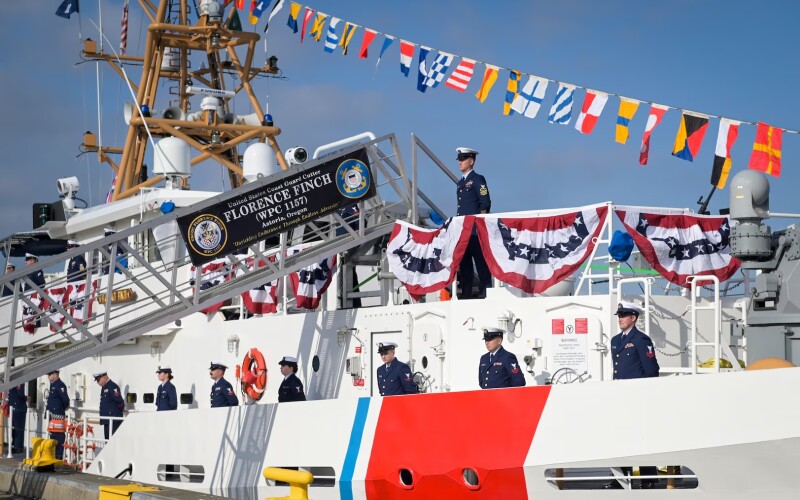The Coast Guard commissioned its 57th fast response cutter during a ceremony held at Coast Guard Base Seattle, Thursday, Oct. 24.
The ceremony was presided by Coast Guard Rear. Adm. Charles Fosse, 13th District Commander. Members of the Finch family were also in attendance, including the cutter’s sponsor and Mrs. Finch’s daughter, Mrs. Betty Murphy.
The cutters namesake, Florence Ebersole Smith Finch, was a Filipino-American and a member of the World War II resistance against the Japanese occupation of the Philippines. During the war, she assisted the movement by diverting fuel destined for enemy use, falsifying documents for resistance members to obtain supplies, and using her position to facilitate acts of sabotage. In 1944, she was discovered and arrested, tortured, tried, and sentenced to three years of imprisonment. She remained in captivity until early 1945, when American forces liberated the Philippines.
Finch moved back to America following the war and joined the U.S. Coast Guard Reserves. Finch was awarded the Medal of Freedom in 1947 and was also awarded the Asiatic–Pacific Campaign Ribbon, the first woman to be so decorated.
During the ceremony, Florence Finch was posthumously awarded the Congressional Gold Medal, which was presented to Finch’s family by retired Army Maj. Gen. Antonio Taguba, chairman of the Filipino Veterans Recognition and Education Project (FilVetREP). The Congressional Gold Medal is the highest civilian award given by the United States Congress.
"Florence Finch is a true Coast Guard and Filipino hero, and we couldn't be prouder to honor her legacy," said Coast Guard Vice Adm. Andrew Tiongson, Pacific Area Commander. "The cutter is now the only currently active ship in the United States military named after a Filipino-American."
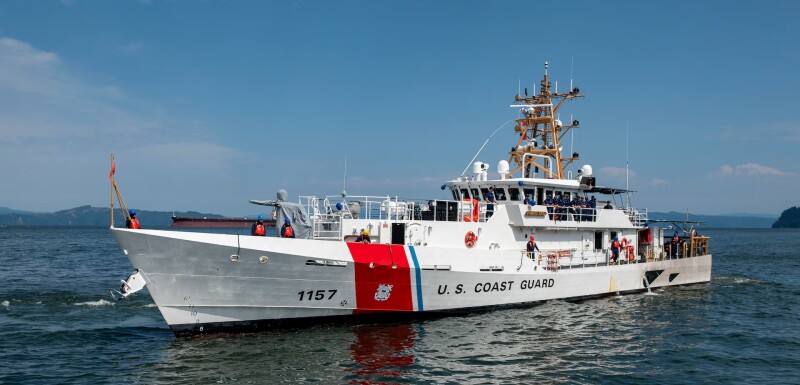
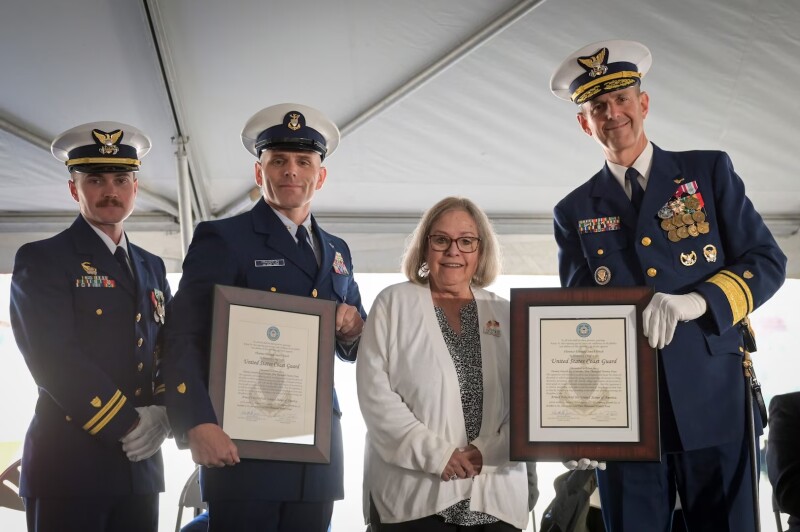
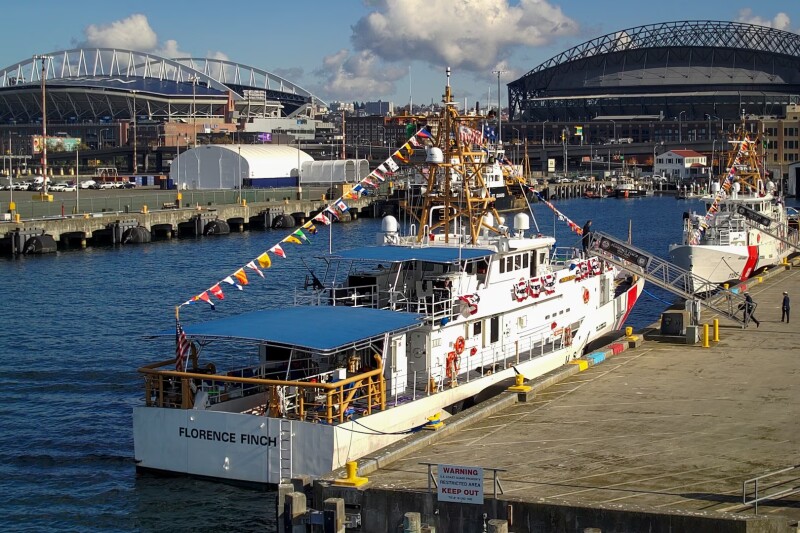
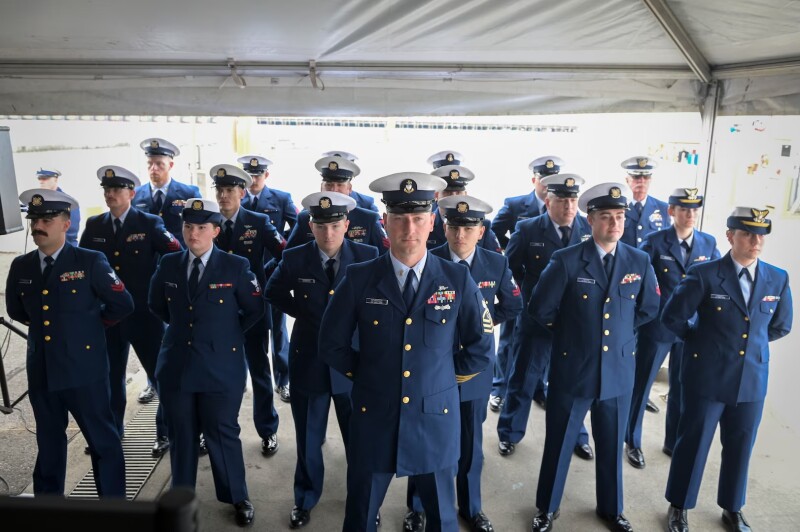
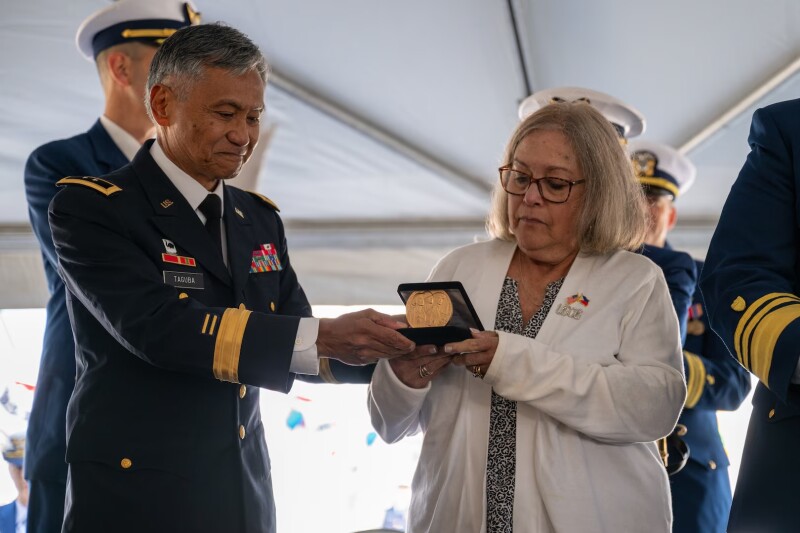
The crew of the Florence Finch will primarily operate in the Pacific Ocean, Puget Sound, Strait of Juan de Fuca, and the Columbia River. The Sentinel-class FRC is designed for multiple missions, including search and rescue; fishery patrols; drug and migrant interdiction; ports, waterways and coastal security; and national defense.
The Coast Guard has ordered a total of 67 FRCs to replace the 1980s-era Island-class 110' patrol boats. The FRCs feature advanced command, control, communications, computers, intelligence, surveillance and reconnaissance equipment; over-the-horizon cutter boat deployment to reach vessels of interest; and improved habitability and seakeeping.
The USCG press release highlighted that the commissioning ceremony is one of the most important traditional milestones in the life of a cutter, as it represents the readiness of the cutter to conduct Coast Guard operations and marks her entry into active service.




